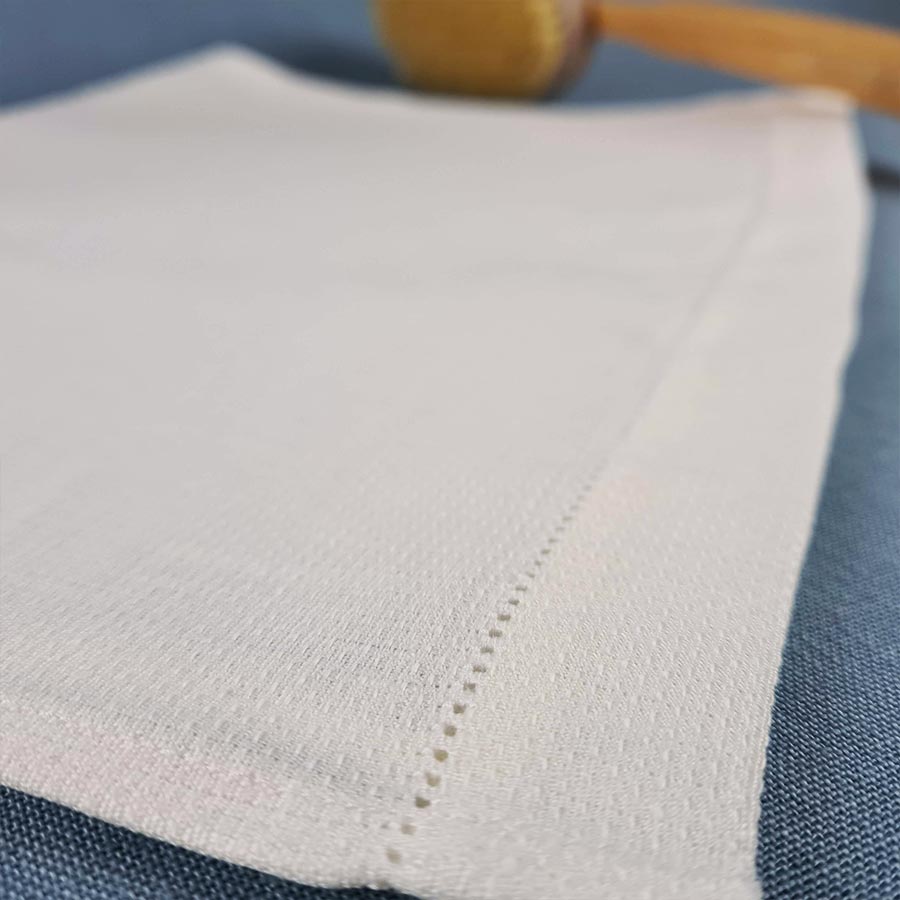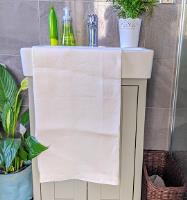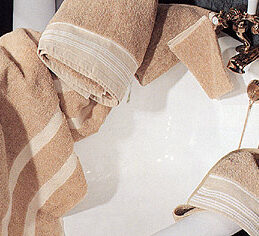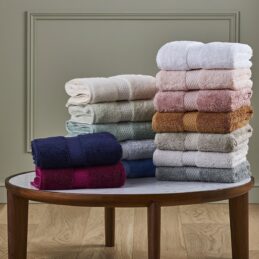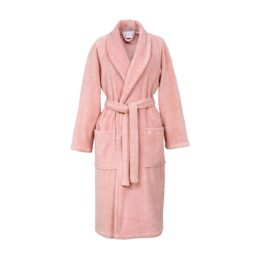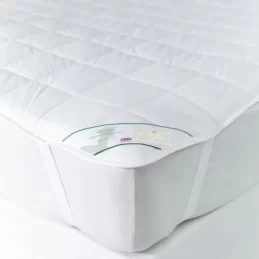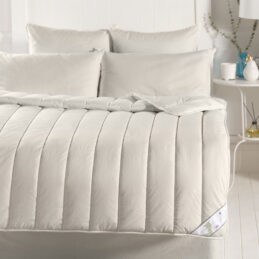Description
The Oxford English Dictionary state huckaback is a figurative adjective for, “That will stand wear and tear”. This says a lot about huckaback fabric.
The first mention of the word huckaback appears to have been in ‘The Merchant’s Ware-House Laid Open’ 1696 by J.F. Its early origins are associated with the North of England, particularly Darlington.
Nobody seems sure where the word huckaback came from. There are some who hypothesise it is German or Scandinavian in origin, and it is related to linens carried on the back of travelling merchants. However, Professor Skeat (1835-1912) the eminent English philologist and etymologist said:
“The close resemblance of the word to Low German hukkebak, German huckepack, adverb, in huckepack tragen to carry on the back, to carry (a child) pick-a-back, suggesting that it may have originally meant goods carried on the back, ‘pedlar’s ware.’ But there is no trace of the English sense in German, nor of the continental origin of the material, which was in 17th cent. a noted product of the North of England; so that connection cannot at present be assumed.”
Professor Skeat appears to be saying why would huckaback be of German origin when it is a North of England fabric. He does not seem to consider that it shows the fabrics origins are not English.
The shortened version of huckaback is huck seems to have come along later, around the mid 19th century.

